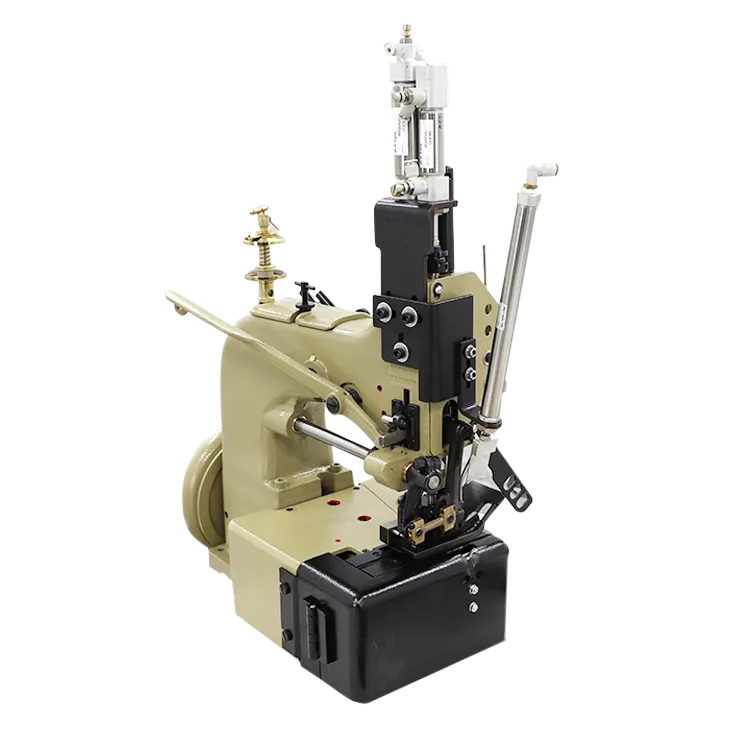Choosing the Best Sewing Machines for Leather Projects and Crafting Needs
The Ultimate Guide to Choosing a Sewing Machine for Leather
When it comes to sewing leather, choosing the right sewing machine is essential for achieving professional results. Leather is a unique material that requires specific features to ensure that your projects come out clean and durable. This guide will help you understand what to look for in a sewing machine that can handle leather and offer tips to get the most out of your sewing experience.
Understanding Leather as a Material
Leather is a thicker, sturdier fabric that often contains natural oils and textures, which can make it challenging to sew. Unlike lightweight cottons and other fabrics, leather can be unforgiving. Using a machine that is not designed for leather may lead to broken needles, skipped stitches, and unsightly seams. Therefore, it’s crucial to select a machine that is tailored for such materials.
Key Features to Look For
1. Heavy-Duty Construction When sewing leather, look for a sewing machine built from sturdy materials to handle the weight and thickness of leather. Metal components are often preferable, as they are generally more durable than plastic.
2. Powerful Motor A strong motor is vital for sewing through multiple layers of leather or thick seams. Machines with motor power ranging from 1.0 to 1.5 amps are typically better equipped to handle leather.
3. Adjustable Presser Foot An adjustable presser foot will allow you to use the right amount of pressure on the leather, preventing it from slipping or shifting during sewing. Look for machines that offer height adjustments for the presser foot.
4. Specialized Needles Leather needles have a unique design that helps them penetrate thick materials without causing damage. Some machines come with these needles included, while others may require a separate purchase. Be sure to stock up on leather needles in various sizes to accommodate different thicknesses of leather.
5. Walking Foot A walking foot is particularly beneficial for leather sewing, as it helps move both the top and bottom layers of the leather fabric simultaneously, reducing the chances of slipping or uneven seams.
6. Variety of Stitch Options While straight stitching is vital, the ability to create decorative stitches can enhance your leather projects. Look for machines that offer a variety of stitch options, including zigzag and decorative stitches.
7. Free Arm Capability A free arm feature is beneficial for sewing cylindrical items, such as leather bags or cuffs. This design allows you to easily maneuver the material as you sew.
Recommended Sewing Machines for Leather
sewing machine that will sew leather

Several sewing machines on the market cater specifically to leather enthusiasts. Here are a few standout options
- SINGER Heavy Duty 4423 Known for its robust construction, this machine comes with a powerful motor and adjustable presser foot, making it a great choice for leather sewing.
- Juki TL-2010Q This high-performance quilting and sewing machine offers a steady stitch and an adjustable speed, which can be ideal for taking on leather projects.
- Brother PQ1500SL Famous for its precision, the PQ1500SL features a walking foot and a powerful motor, making it possible to tackle various leather projects effectively.
Tips for Sewing Leather
1. Test on Scraps Always test your sewing machine settings on a scrap piece of leather before starting on your final project. This helps ensure that your tension and stitching are correct, reducing mishaps.
2. Use Clips Instead of Pins Traditional pins can leave permanent holes in leather. Instead, consider using fabric clips to hold your pieces together during sewing.
3. Keep the Work Surface Flat Ensure that your leather project is flat and evenly distributed under the presser foot to avoid puckering or uneven seams.
4. Use a Teflon Presser Foot A Teflon presser foot can glide smoothly over leather, reducing friction and preventing sticking.
5. Go Slow Take your time while sewing leather. Speed can lead to mistakes and uneven seams, so patience is key.
Conclusion
Sewing leather can be a rewarding endeavor, yielding stunning results for bags, garments, and more. By choosing the right sewing machine with suitable features and techniques, you can create beautiful leather projects that last. Remember that practice makes perfect, so don’t hesitate to explore and experiment as you hone your leather sewing skills!
-
Industrial Cylinder Arm Sewing Machine: Revolutionizing Heavy-Duty SewingNewsJul.28,2025
-
Cylinder Arm Sewing Machine: Perfect for Special Sewing ApplicationsNewsJul.28,2025
-
Cylinder Bed Sewing Machine: Essential for Sewing Complex MaterialsNewsJul.28,2025
-
Heavy Duty Sewing Machine: The Essential Tool for Industrial ApplicationsNewsJul.28,2025
-
Computerized Pattern Sewing Machine: Revolutionizing Precision StitchingNewsJul.28,2025
-
Heavy Duty Industrial Sewing Machine: Power Meets PrecisionNewsJul.28,2025
-
Leather Sewing Machine: The Industrial Standard for Tough MaterialsNewsJul.18,2025





























